Check out my fun DIY projects for spring and summer. You will love some of our favorite posts and have a beautiful yard –
DIY Planter Boxes for $20.00 – 2 Plans
Essential Spring Landscaping Tips for Your Yard
Most Damaging Insects that Destroy Your Yard
I’m doing a hammer review on the Hammer Fist. I want to see if this Hammer Fist can replace a regular hammer. Supposedly, it can be used as a ball peen hammer, a regular hammer, or a striking tool, but it also claims to be a square a ruler, a bottle opener, a nail puller, a hex driver, and a mallet.
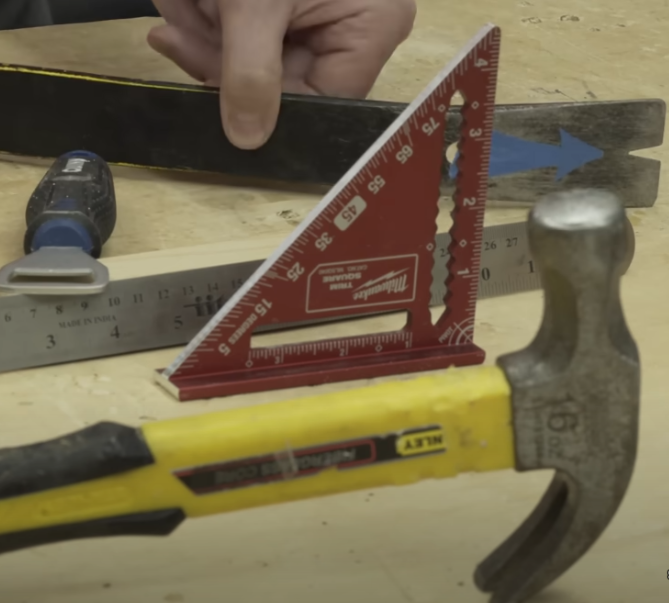
Hammer vs. Hammer Fist
This Hammer Fist is a pretty awesome name. It’s something I came across the other day online, and I thought it was pretty cool looking and had to order one. To be clear, this post is not sponsored in any way. No one is paying me to do this. No one gave this to me. It’s just something I saw and thought, I need to try this. I will admit that I’m skeptical that this can replace a hammer because of physics, leverage, kinetic energy, and all that good stuff that makes a hammer work. We’ve got a heavy weight at the end of a long handle that gives you a lot of that swing, and that gives you the power to drive nails. With the Hammer Fist, it’s all in your actual fist so it relies more on your arm power. But with a regular hammer, you have the kinetic energy of the hammer swinging. But let’s put it to the test before we discount it as we get ready to drive some nails.
Does the Hammer Fist prevent you from smashing your fingers?
I was apprehensive to use this because I thought with a regular hammer, I could smash my fingers if I missed the nail while I was trying to hold and set the nail. But with the Hammer Fist, I can smash my fingers on the hand that’s holding the nail to set it, and I can also smash the nail into the hand that’s holding the hammer fist. I put it to the test to see how it compares to the hammer on that nail. Let’s start with the control. I used a Stanley fiberglass core 16-ounce hammer. Most hammers are between 10 and 24 ounces, with the average being around 16. This hammer makes light work of the nail. Usually three or four hits at most. Some skilled laborers can set it with a tap and then hit it with one hit and be done.
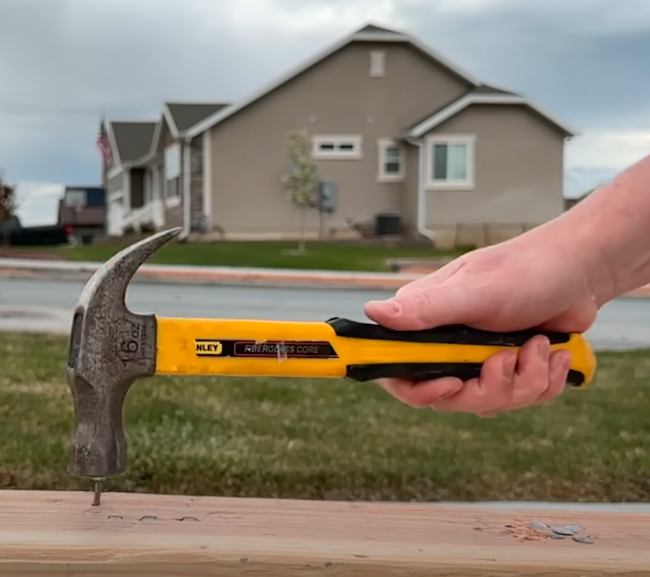
The Hammer Fist is already at a disadvantage, because it weighs according to my scale, 12.9 ounces. It is lighter and doesn’t have that extra swing that you’re going to get with a hammer. In an open space, the Hammer Fist strike was not as effective or quick as using a traditional hammer. If you are in an enclosed space, I can see how this thing could be really handy because it’s not much bigger than my fist. If you’re in a tighter spot, this hammer fist makes things a bit easier than trying to swing and get that weight going on a traditional hammer. It’s less effective than a traditional hammer.
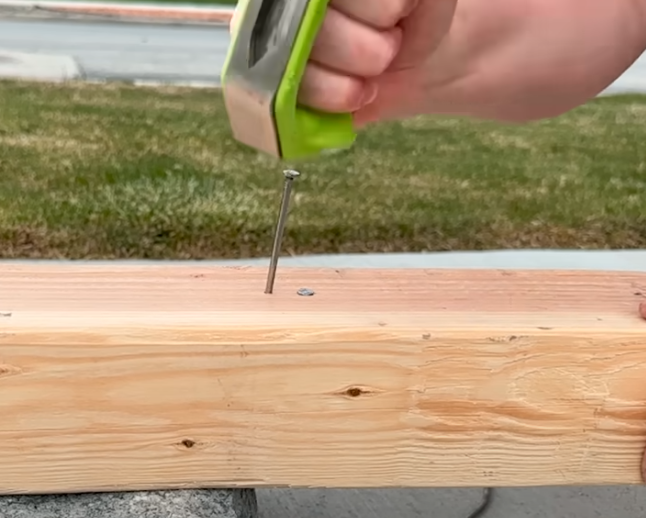
Is accuracy better with the Hammer Fist?
I had to hit this many times, and I started noticing right away that this was pretty uncomfortable in my hands to be smacking because all of the vibration was being absorbed by my palm and the meat of my hands. It didn’t feel good. One thing I noticed is that I don’t have accuracy as far as the angle that I’m hitting at the angle that it’s contacting like I do with a hammer. I suppose a lot of that is going to be because of practice. I probably swung a hammer like this 10,000 times, maybe more. And you get used to it, right? But with this, I found it was just not intuitive for me to be able to hit it straight. So I spent so much time trying to fix the orientation of the nail, and it did that over and over.

Does the nail remover feature really work?
So the slot here in the middle is for removing nails. Unlike a traditional claw hammer, you can’t pry into it or dig into the wood a little bit. It has some sharp inserts so that you can kind of grab onto just about anything. But when I tried this to remove nails, these were so sharp that it was ripping off or shaving off the head of the nail. This is a problem when you’re trying to remove nails and all it does is kind of shave the metal off of it. I was then able to use the traditional claw on the hammer to remove the nails.
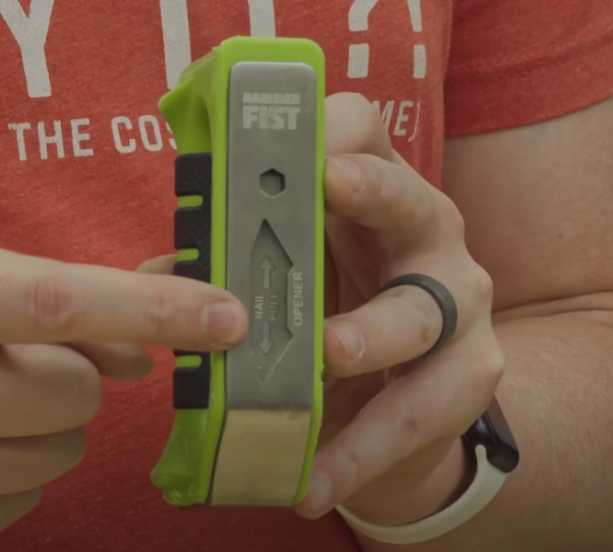
The other big issue I ran into when trying to remove nails is that you only have the leverage of this little 45 so you can try to rock it back, but then you lose leverage fast. There’s just such a small area to work with here. Then I tried going the other way, and that is almost pure strength to try and pull the nail out. Essentially, that did no good. Again, that’s where the handle comes into play. On a traditional hammer, I can use that entire handle, plus that whole rocking section of the head, to rock that nail right out of there, and it did a pretty great job every time and beat out the hammer fist in every way.
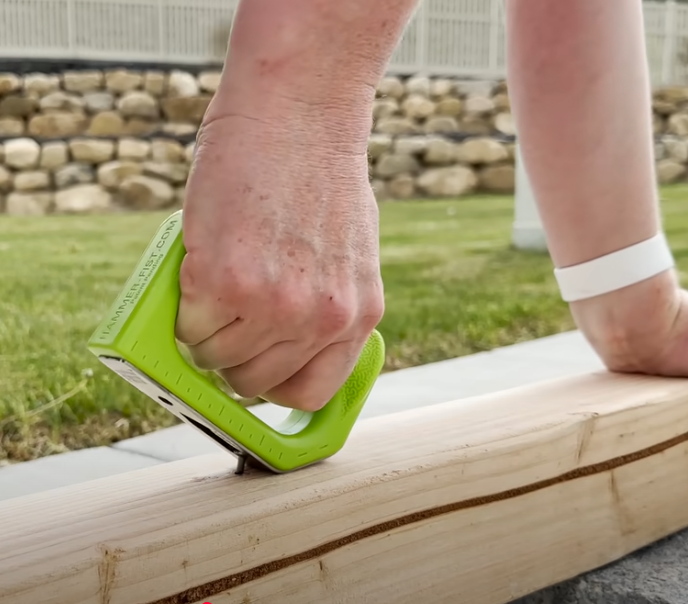
Takes 4.2 times longer to drive nails with the Hammer Fist
Now, to give it more of a fair fight, I decided to try a couple of different-sized nails and do multiple nails and get an average. I figured out how much time it took me to do one set of nails with the hammer versus the hammer fist. It was pretty fascinating when I drove those five full-size nails with the traditional hammer, it took me 26 seconds to do all five. When I did the same thing with the hammer fist it was one minute and 50 seconds. So what that means is it took me 4.2 times longer to use the hammer fist than a regular hammer. That’s not very compelling evidence for the hammer fist.
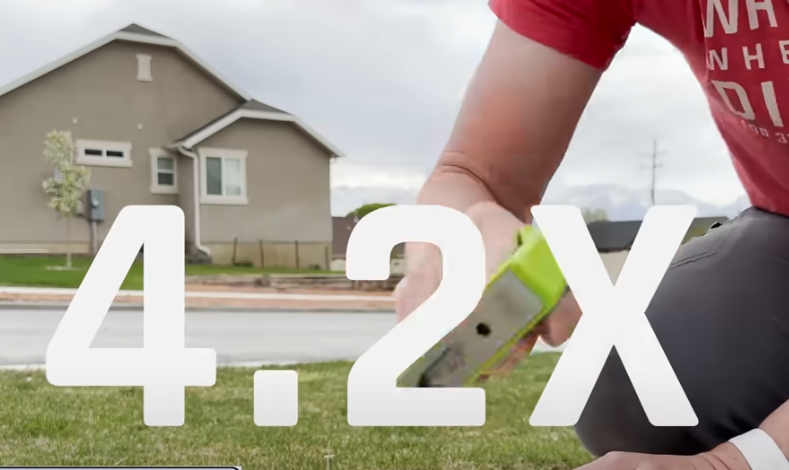
I calculated how many blows, and how many times I had to move my arm back and forth to try to drive that nail into the wood. And when it came down to it, it took me 34.2 blows per average with a hammer fist to drive those full-size nails, as opposed to 5.2 with a traditional hammer.
How well does the hex driver work?
The Hammer Fist also has a hex driver with a nice little quarter-inch hex piece. It is convenient to load up any bit you want. But it has one major downside, and that is no magnet. When you put your quarter-inch hex in there, you see a big amount of play and it’s very sloppy. Use something traditional like an impact driver or a drill. You’ve got a traditional screwdriver that has a quarter-inch hex in it that would be better than this. It is big, bulky, and blocking your way. So in my opinion, it is not worth having that at all.
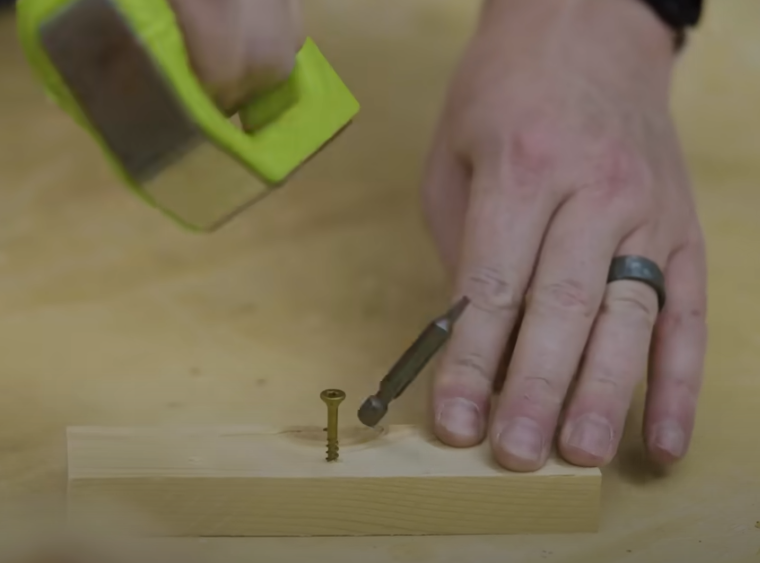
Hammer Fist has an angle function
The Hammer Fist has a 90-degree angle function. I’ve got my piece of wood that I want to be perpendicular to the other. You can see a gap, and that’s not quite right. So as I push that up against it, it’s going to make it at a perfect 90, and we would be in good shape. I would rather just have a full square around that’s going to do the full job. If you’re in a pinch, I can see this doing a job to help get you through to hold it in place. I had better luck when I flipped it around to the mallet side so it did not rock.
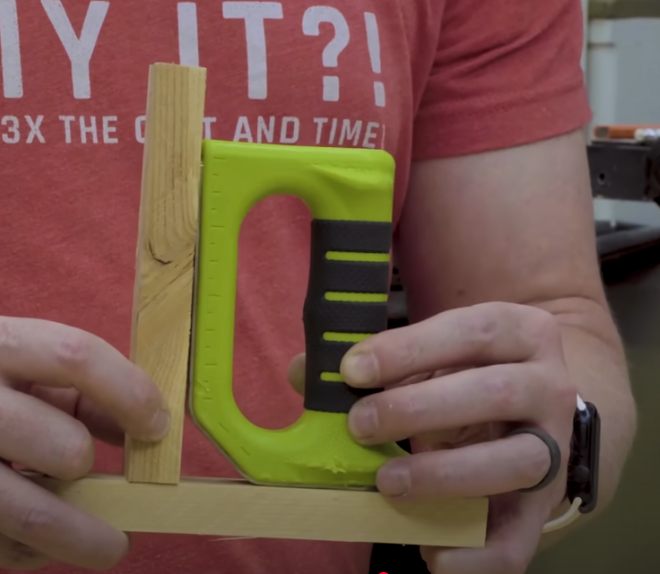
Hammer Fist ruler has only markings
The hammer fist does have some ruler markings on both sides but it’s pretty basic. You just have some centimeter marks on one side, and then as we flip it around, you’ve got some inch and quarter-inch marks. I don’t see that being very useful. I think they’re trying to throw everything in here that they could.
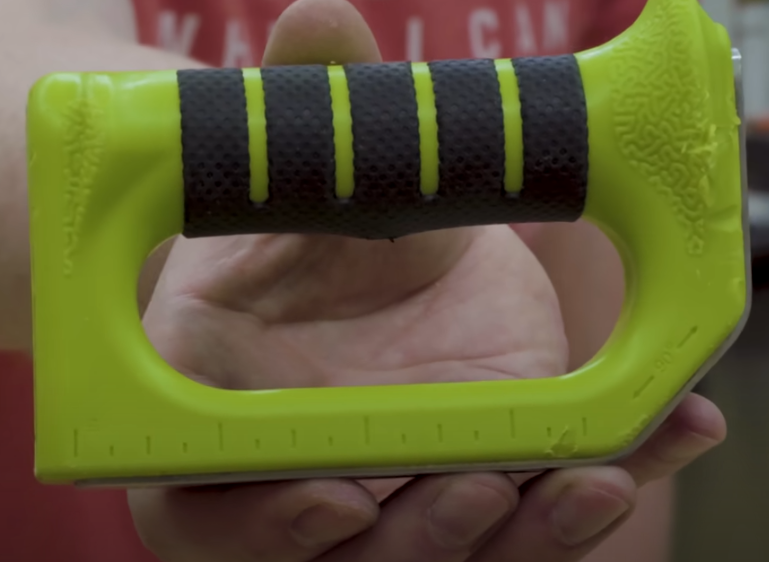
Hammer Fist mallet gave me precision control
The last feature of the Hammer Fist is the mallet. It’s a non-marring striking surface that actually worked out pretty well for me. There is one thing that this does better than the traditional mallet, in my opinion, and that is the precision of control that you get. I was able to really kind of fine-tune, as it were, exactly how much force I put into something. For example, when doing lap joints and wood, I need to put two pieces of wood together, and each are cut in halfway. Then I use a mallet to tap those in. I want a nice tight fit where it’s going to require a little bit of force to join. The Hammer Fist did a pretty good job.
Did the Hammer Fist leave marks?
No marks to speak of on either piece of wood. So it worked well in that sense. The other time I used this was for doing some chisel work. I wanted to see if I had that fine-tuned control. I could use this to chisel a little more delicately where I needed to, as opposed to using a mallet or a hammer, a ball peen hammer, or anything like that. I think this did a really good job with that. Using this as a mallet was one of the more successful tests that I’ve tried with this. So for me, the Hammer Fist is going to stay in my drawer. It could be in my bag sometimes, but I’m going to use a hammer for most things.

Unfortunately, I’d love to give this a better review, but I didn’t find it all that useful. If you have a young child, maybe get it for them. But for my projects and other things, I didn’t find it useful. Hopefully you enjoyed learning about this tool. My name is Nils with learn to DIY.
Be sure to click HERE and watch how you can find the best tools to help with all your DIY projects.
I Bought and Tested the Most Expensive Drills at Home Depot
If you ever wonder what Trigger Clamps give you the most for your money, be sure to watch HERE.
The Ultimate Trigger Clamp Showdown
Be sure to watch our YouTube video on the Hammer Fist Review.
